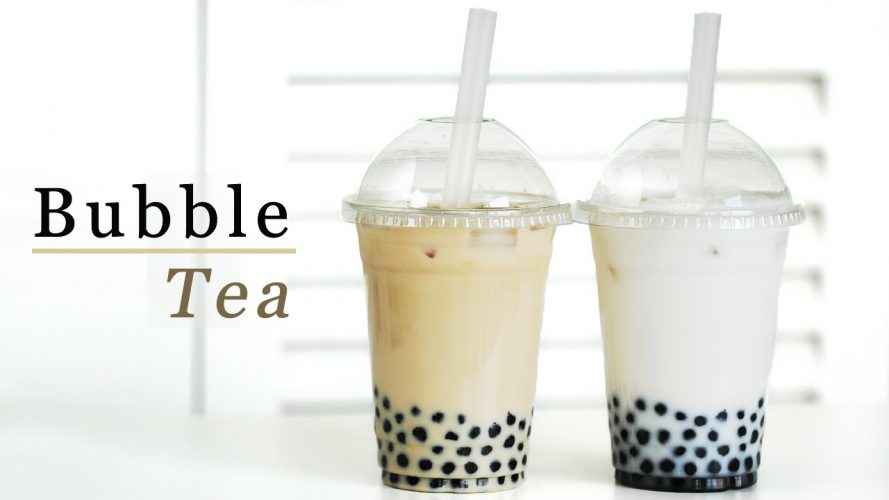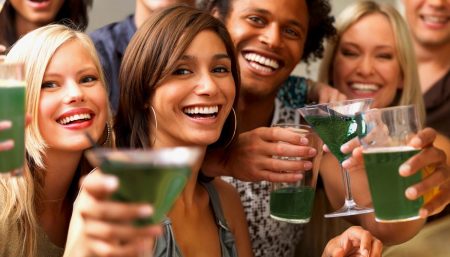
Boba tea is made up of milk, tea, tapioca pearls and a very large dose of added sugar. While the tapioca pearls in the drink contain vitamins, minerals such as iron, magnesium, phosphorus and potassium that are all good for the body, the sugar content is high. The tapioca pearls one of the ingredients of Boba tea are black and are made from cassava starch, sweet potato and brown sugar. The tea was introduced in Taiwan in the 1980s, quickly spread through Southeast Asia and more recently has become very popular among young people in the U.S. and in Europe. Talking of the calories consumed , the total calorie count for a 12-ounce serving of boba contains about 90 grams of sugar, 7 grams of fat and 490 calories. Some flavored boba milk tea contains sugary syrups, which can contain higher amount of sugar than the plain version.
Boba: Made from a Root Vegetable
The tapioca balls are made by extracting starch from cassava root, a long tuberous plant native to Brazil. Cassava has been used by indigenous people as an essential source of carbohydrates since as early as the 1400s.

Boba or Bubble Tea shops have been popping up all over the world. The tapioca pearls are served in cold infused tea. After the tea and flavor are shaken well, it is topped with tapioca pearls that are sitting in the bottom of a clear cup. The tapioca pearls look like bubbles, thus the name “Bubble Tea.” Bubbles float on the top and bottom of your drink.
The tea is likely to be in pastel colors of pink, green or yellow. One can easily recognize the boba tea in a clear cup with black balls on the bottom. Another obvious trait is a huge fat straw. The fat straw is needed so that the tapioca pearls can be sucked up with the drink and eaten. Bubble Tea’s appearance definitely makes it unique.
Recipe Bubble TeaYields: 1 (16-ounce) drink Ingredients: Preparation: |
Your Health & Boba Tea
Although tea is considered healthy, a source of antioxidants that may help lower the risk for heart disease and cancer, bubble tea isn’t very nutritious.
- The sugary specialty beverage, generally milk-based and filled with chewy balls of tapioca, may contain cancer-causing chemicals known aspolychlorinated biphenyls or PCBs. German researchers from the University Hospital Aachen have reportedly found traces of the carcinogenic chemical in tapioca ball samples.
- The gummy balls, pose a choking risk especially with children aged up to four years, there is a risk of foreign objects accidentally entering the lungs.
- Unhealthy for Heart: The recipe may contain as much as 1/2 cup of cooked tapioca pearls, 1/4 cup sugar and 1/8 cup sweetened condensed milk per serving. This is far more than the American Heart Association’s recommended limit of 6 teaspoons of added sugar per day for women. Adding these ingredients to calorie-free tea adds 453 calories to your beverage.

With widespread increase in diabetes and obesity this is an alarm call to think twice before you consume a drink.
References
Disclaimer
The Content is not intended to be a substitute for professional medical advice, diagnosis, or treatment. Always seek the advice of your physician or other qualified health provider with any questions you may have regarding a medical condition.

